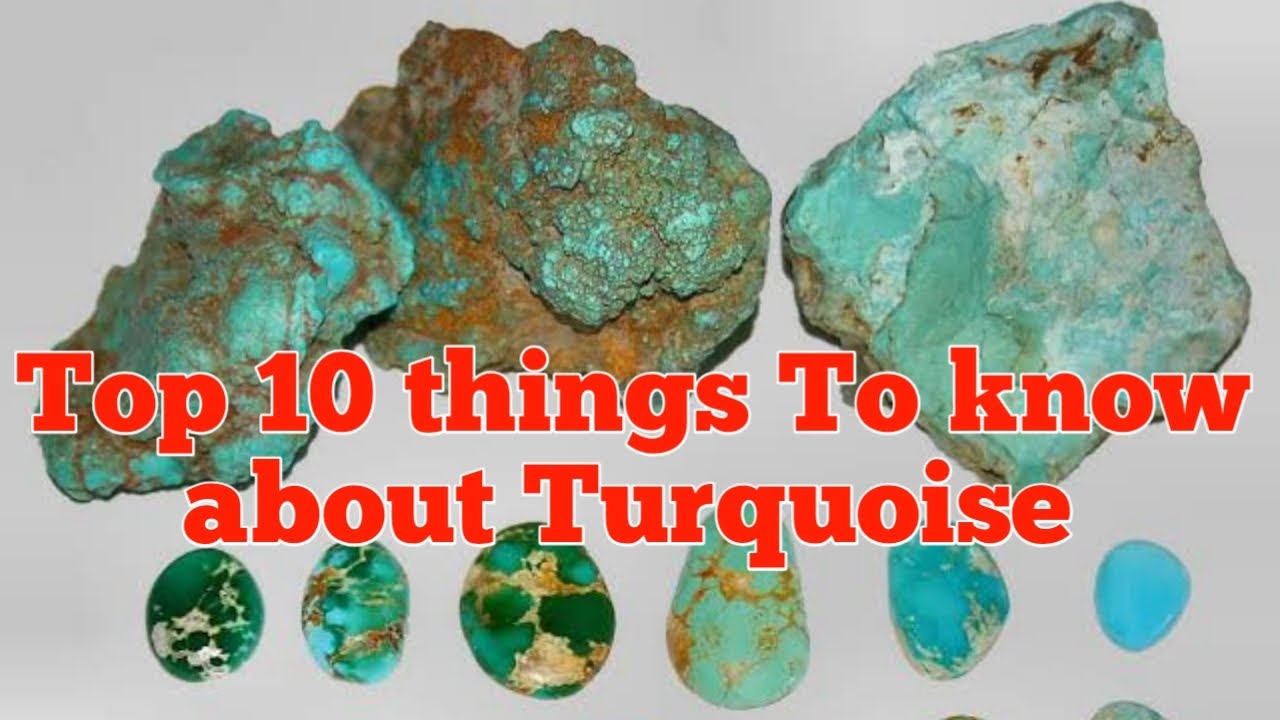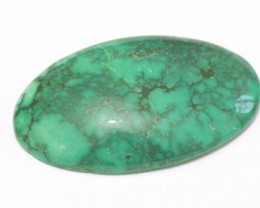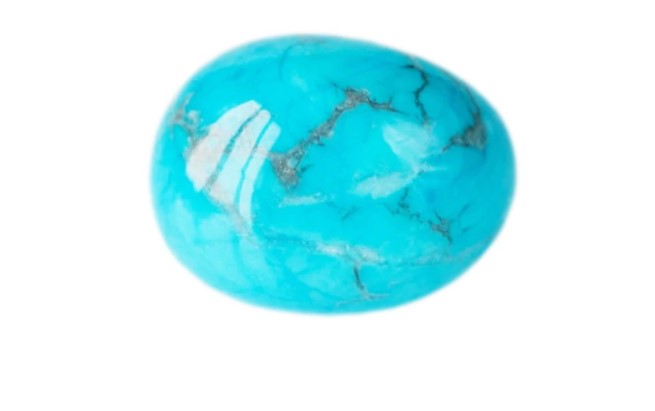Many people are undecided about whether to get a blue or green turquoise. Why? Simply because they are both lovely and appealing. Indeed, it is a matter of personal preference. Some modern designers are actively looking for avocado and lime green turquoise. However, I will give you an idea of the best turquoise color that will suit you. Let's start by defining these two turquoises.
About Turquoise
Turquoise doesn't have the sparkle and clarity of transparent colored gemstoneslike ruby, emerald, and sapphire, but it has a long history and a color that makes people happy. It can be dull greens, grass greens, or sky blue.
Turquoise is typically a combination of blue and green, but some versions contain only one color, which is either green or blue at times. Turquoise color is difficult to define, most commonly it is said to be a color between blue and green. It is similar to the cyan color and in general, it depends on the particular shade.
Green Turquoise
Green turquoise is rare, but it can be found in a few places around the world. They say that turquoise from Mongolia and Egypt is more green than blue. Indian mines are also known to make green turquoise. China has some very valuable turquoise deposits, but a lot of China's turquoise is often made to look better.
Green turquoise is richer in vibrancy. It is more of light green or pastel green that attracts many eyes of the people. Its color range from pastel green to greenish-blue. Green turquoise is usually made when strong alkaline solutions are filtered into the fissures and veins found in alumina-rich, sedimentary, weathered, or volcanic rocks.
There are usually small amounts of iron, zinc, and copper in this stone and its cracks. These metals mix or replace the copper and aluminum that make this gem's color. However, keep in mind that these impurities could also be in the solution itself.
Blue Turquoise
Blue turquoise is not rarer than green turquoise. Because this medium-toned sky blue turquoise is found in almost every stone. However, like green turquoise, it can be found in a few places. It is sometimes referred to as an unappealing type of stone.
But there is one variation of this blue turquoise: The Lander Blue Spiderweb Turquoise, it is some of the world's rarest blue turquoise, and it's in high demand. Buyers should be wary of fakes or scammers, as the highest grade of Chinese Spiderweb Turquoise is frequently sold as Lander Blue Turquoise. It takes a trained professional to distinguish the two.
This phenomenon of Turquoise color changing from green to blue is also caused by the effects of iron, zinc, and copper present in its chemical composition.
Is The Color Enhanced As A Result Of The Treatments?
Yes, there are situations when this is the case. In order to stay up with the demand for blue turquoise stones, some jewelers dye this gem with synthetic blue pigment in order to keep up with the demand. Having said that, it is important to remember that these turquoises are less valuable than the natural blue turquoise. Furthermore, the dye does not remain for very long, so such stones should be avoided at all costs.
Is Green Turquoise Rarer Than Blue?
Yes! Turquoise in the color of lime green is extremely rare, costly, and highly collected in the United States, as there are no large sources of stone in the country. To summarize, lime green Turquoise is an extremely rare and valuable gemstone in nature.
What Does It Mean When Turquoise Turns Green?
Natural turquoise is absorbent, so things like oils and soaps can get into it and change its color. This is because all-natural turquoise is at least a little absorbent. The pores of the stone can even take in the natural oils that are made by the skin, making it turn green over time.
Blue Vs. Green Turquoise - Which One Is Better?
Basically, what information you've read above are proof that green turquoise is more valuable and most well-known in stone sites or even the jewelryindustry. It has a lot of use. For example, it is much better when you put it on your necklace. This is more vibrant than the blue one.
Choose one of these based on what you like about the two. Or sometimes, it can be based on the market price of the stone color or on the popularity of the color in the market.

Top 10 things to know about Turquoise
Conclusion
The difference between the two, as you can see, is not huge; you will either choose blue turquoise or green turquoise, depending on your preference just like what I've mentioned above. The only thing that distinguishes the two in the eyes of the general public is their vibrancy and liveliness. The more lively it is, the greater the number of individuals who will enjoy it. Green is the most popular color, so why not give it a try?

